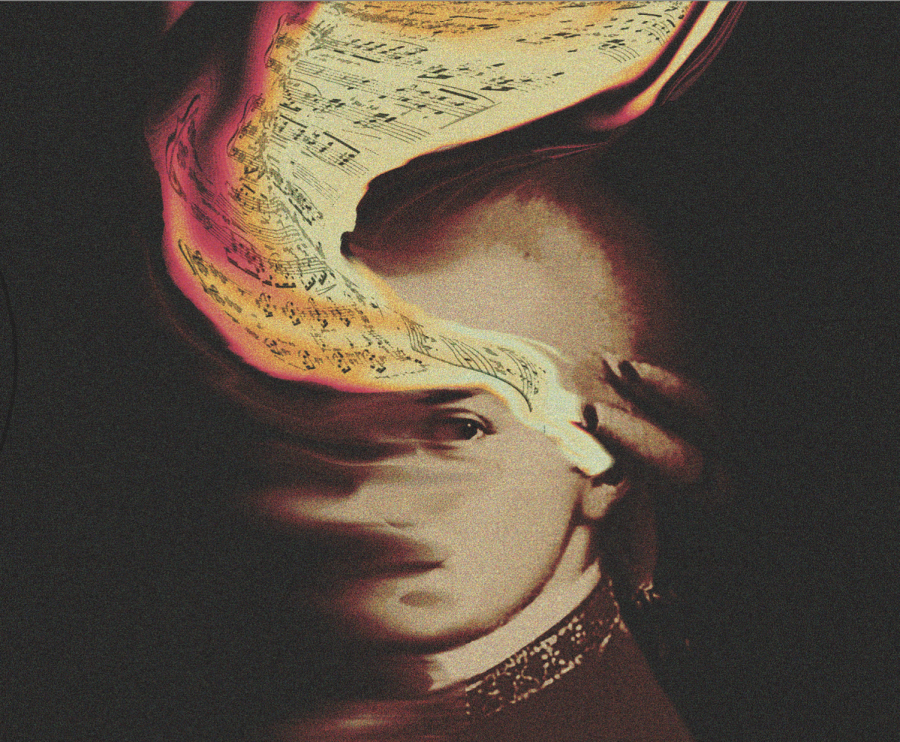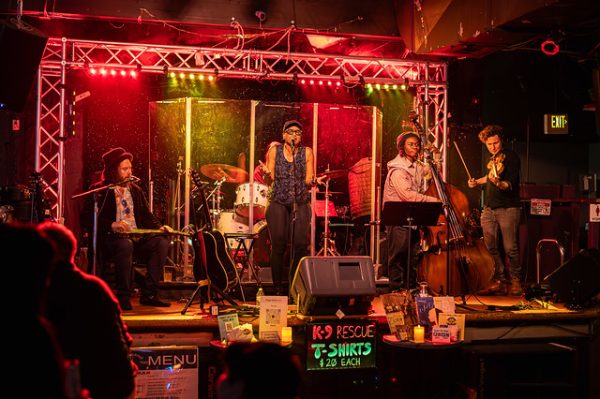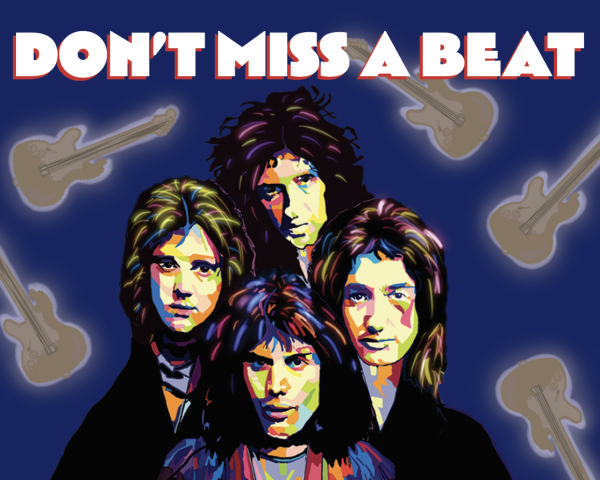Tunes from the Tomb
What happens to an artist’s music after they die?
When I’m gone, please don’t release any posthumous albums or songs with my name attached.
Such is tattooed in bold black ink on the arm of Anderson .Paak, one half of Silk Sonic, a popular funk and soul music duo. While the message reads loud and clear, Paak’s tattoo raises an ever-evolving question—what happens to music after an artist dies?
Posthumous albums—albums that are released after an artist is dead—are not a new phenomenon.
“Mozart died writing one of his greatest works of music,” Paly music production teacher and choral director Michael Najar said. “It’s called his Requiem, [which] one of his students finished [for him].”
Since Mozart’s time, many technological advances in music production and distribution have been made. Nowadays, it is not as simple as having an artist’s protege continue where the artist left off. In fact, most artists don’t have proteges, leaving many wondering who is in control over what happens to the music of an artist who has died.
Instead, artists have a few choices as to what they want to do, the most commonly followed path being leaving the right to the music to a specific person or group of people.
“Whoever owns the estate rights gets the ability to make [these] decisions,” Najar said.
A lot of times, the estate is owned by the family. For instance, popular American rapper Mac Miller entrusted his family with his estate. In doing so, they decided the best course of action would be to release Miller’s sixth studio album, “Circles”.
“This [was] a complicated process that had no right answer,” his family said via a statement put out on Miller’s Instagram account. “We simply know it was important to [Miller] for the world to hear [his music].”
Like Miller’s family said, releasing posthumous music is a complicated issue. As some would assume, especially when the family is in control of the estate, not everyone agrees on what to do. But like most things in life, a big decision maker in these types of disputes is money.
“Profitability is what this is all about,” Najar said. “Because if you can stamp something with [a well known artist’s] name on the corner, that’s enough for most people.”
Chasing money rather than focusing on what the artist may have wanted, raises issues about posthumous music aligning with the artist’s creative vision. To deal with such issues, artists have recently been taking advantage of another option open to them before they die.
“What a lot of artists are doing now is saying ‘Screw it, I’m gonna sell my catalog of music before I die and gain all the profits from it’,” Najar said. “I’m not going to let my family decide, I’m just going to get all the money now while I’m alive and reap the benefits.”
Regardless of what the artist’s original creative vision was, and whether or not the music was released by someone who took it into account, at some point the music will take on a life of its own and it may not align with the artist’s original objective.
“There’s a term in creating art that says ‘You’ve got to let your babies go’,” Najar said. “The music often ends up not connecting with the artist’s original intent.”
What can be said about the entire process is that there is no right answer; each artist must decide for themselves.
“I would give all my music to my really close boys so they could release it,” senior recording artist Ani Rude said. “I think it should get released one way or another because I made it to make my listeners happy.”
Each option has its pros and cons. There have been dozens of extremely successful posthumous albums, including Prince’s “Originals”, Jimi Hendrix’s “The Cry of Love” and The Notorious B.I.G.’s “Life After Death”. In fact, some artists even gain popularity after they die.
The Sunday after American rapper Juice WRLD’s death, on-demand music streams for his music rose nearly 487%, according to Rolling Stone. This sudden influx of listeners can create tensions between those who listened to the artist before he died, and those who only started listening to him afterward.
“I think that generally, a fan that has liked an artist for longer is more of a “real fan,” but overall if I were Juice WRLD or his family in that situation, I would just be happy to have a larger fan base,” junior Julian Davis said.
For the owners of Juice WRLD’s estate, this spike in listeners provides both monetary gains as well as the validation that releasing the artist’s music was the right course of action. Who knows whether or not Juice WRLD would be happy with the state of his music. But at the end of the day, money is going to drive decisions, and in an industry that is hyper-focused on making money, money defines success.
“Commerce is what takes over after an artist dies because very few people are trying to protect, especially in popular music, the integrity of the artist,” Najar said. “There’s sometimes a level of it, okay, but most of the time there’s not, because if there’s money to be had, who’s not going to take it?”
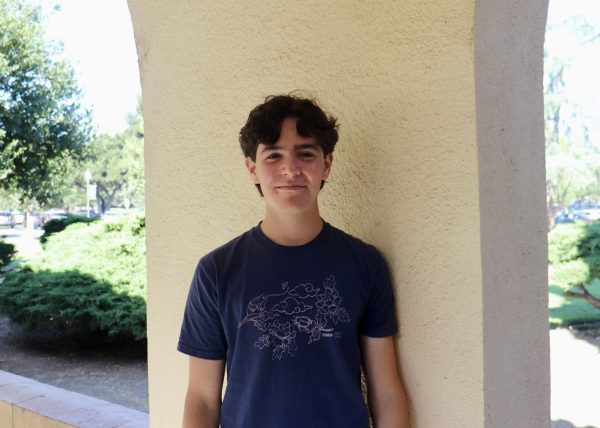
2022-2023 Staff Writer
2023-2024 Editor-In-Chief
I joined C-Mag because I'm really passionate about the arts, music, and just about anything C-Mag...
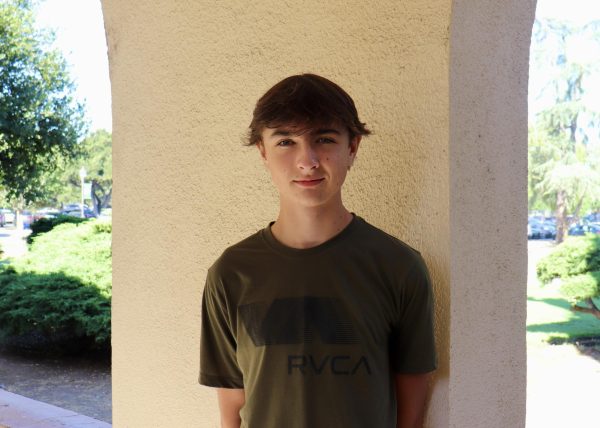
2022-2024 Staff Writer
I joined C Mag to explore a creative side and share stories with everyone. I have two older brothers and two dogs. I enjoy playing...


